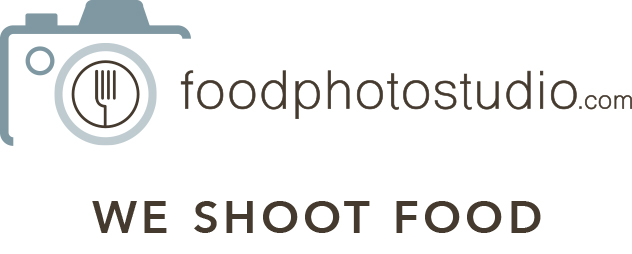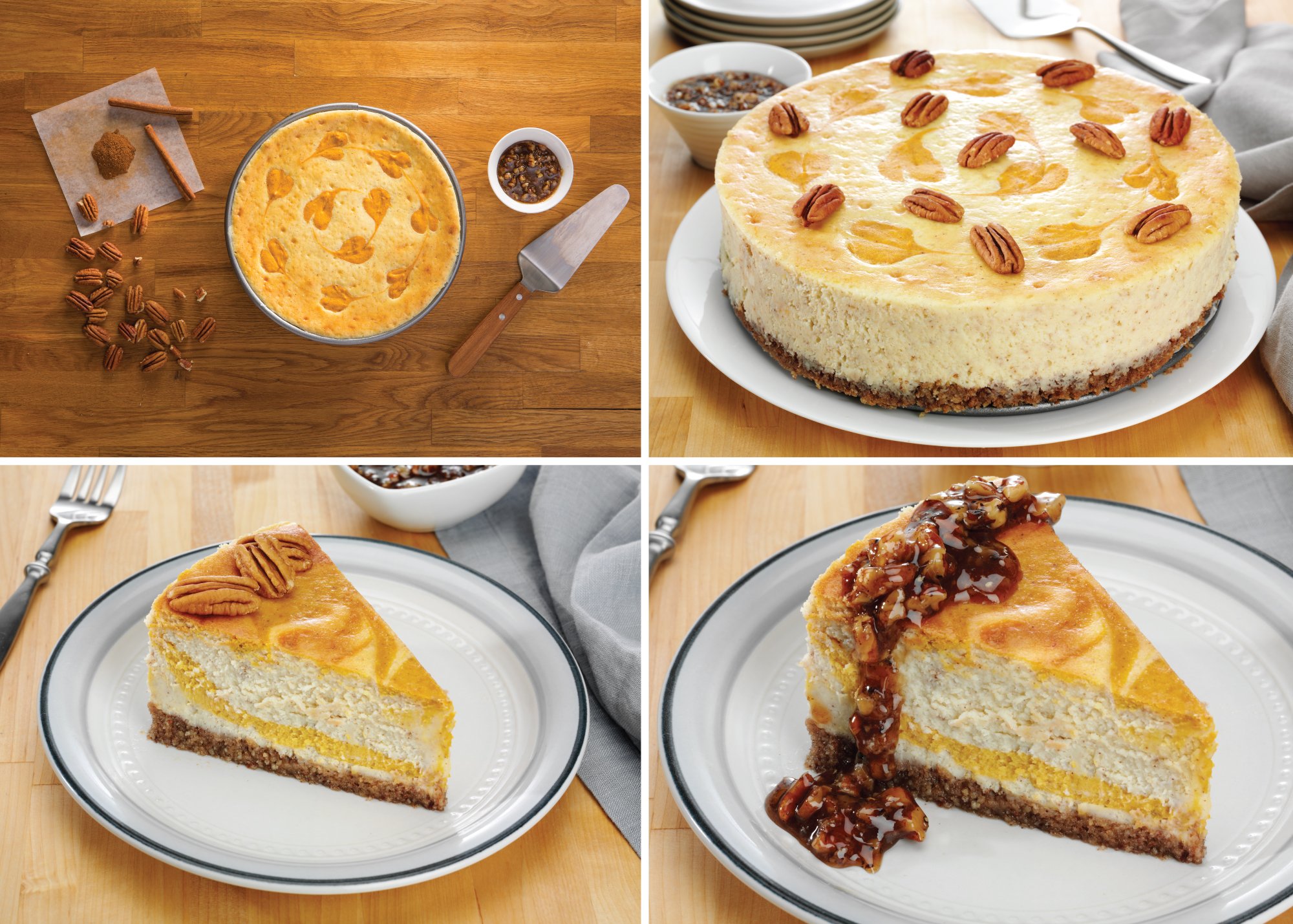Social media is nearly a requirement for food-related businesses nowadays. Most restaurants and food manufacturers have a social media presence of some sort on sites like Instagram and Facebook. But creating photographic content consistently is a common challenge for everyone.
Obviously it doesn’t make sense to hire a professional photographer every time you want to post a special on social media.
But how do you create photographic content if you’re doing it yourself? Are there ways to polish up the images you post, if you’re not ready to hire a professional yet? Absolutely. Just steal some of the techniques we professionals use — I’m about to spill quite a few!
Related: Are You Ready to Start Working with a Professional Food Photographer?
In this post, I’ll share a variety of do’s and don’ts for social media food photography. Some of these recommendations go against the grain, and contradict others you might have read. It just goes to show, photography is subjective — and you should try everything for yourself. You might find the coolest thing nobody’s done before!
Let’s dive in.
The do’s and don’ts of social media food photography
Do take photographs that reinforce your brand.
We’re listing this one first since it’s most important.
Photos of your food, even for social media, should match your brand. They should mimic the typical experience and ambience of consuming your products or dishes. If you’re not a white tablecloth restaurant, don’t take white tablecloth photos. (The same thing goes for any stock photos you use anywhere.)
Related: What’s Your Brand’s Photography Style? 5 Popular Looks to Choose From (with Examples)
For example, once I shot images for a restaurant serving Louisiana-style cuisine. The location had faux-barnwood printed tables, and we did the shoot right on those tables. Now when you look at the images, they match the ambience and the brand.
In other words, be yourself. Choose a consistent style for your photos that matches the tone of your products and location. If you use filters, choose a similar one each time so you have a cohesive look.
Do shoot food from the most flattering angles.
The common wisdom is that certain foods tend to photograph best at certain angles. A few shortcuts to start with:
Shoot pizza from above/overhead
Shoot burgers and sandwiches from the side
Shoot drinks at 3/4
However, these aren’t hard and fast rules, so don’t limit yourself — just play around and see what you like. As my first photography teacher always said, “Be open to happy accidents.” You might get on a chair and look down to see a reflection that’s amazing. If you always followed the standard guidelines, you’d miss it.
Do pay attention to your light source.
Lots of photography blogs will tell you that natural light is the best choice. But I’ve seen some stunning images shot with artificial light. Just be careful with fluorescent light — it comes in different temperatures, which can affect the color balance of your dish (you don’t want your foods to have a greenish hue!). And it flickers, which can be an issue if you’re shooting motion (video) — more on this below.
Try different light sources in and around your space (outdoors, by a window, in your prep area, etc.) to see what gets you the best results.
Don’t limit yourself to still shots.
As you’ve likely noticed, social media is not just static images. Videos, or motion as I prefer to call it, is everywhere. Put a little bit of motion in your posts for variety and interest.
Look for opportunities to show things in motion, such as:
Juice dripping from a sandwich
Syrup pouring onto pancakes
A fork cutting through something (as in the tamale video above)
Ingredients being sprinkled (as in the pizza .gif below)
A hybrid option: You can also shoot images that are technically still, but capture a moment of motion, such as in the sprinkles example below.
Do make your photography time more efficient by repurposing.
Photos for social media can take some time to create, so we use a process with our clients to make it more efficient.
For example, we might have a burger that our stylist spent 2 hours getting perfect. We can drop it into a Halloween setup, an Easter setup, a birthday setup — or a setup for each season. We’ve now repurposed our work to create social media posts for the entire year!
How does this look in practice? In the example below, both the set (wooden shelf and wall) and highlighted item (a book about our client’s food) are doing double-duty — the left is an everyday social post, and the right is a holiday one. All we had to do with switch up the props. Now our client has multiple social posts in the bank.
Save yourself time by shooting multiple images for social media at once. At left, an everyday image. At right, a holiday image.
We do this sort of planning when we’re creating other photographic assets, too. We might be shooting a banner image for a client’s website, then we’ll reorient the shot to take an alternate that works in the social space.
To mimic this process on your own:
Schedule a “shoot day” where you focus on taking a bunch of photos of different food items at once, or one food item with multiple seasonal treatments, or the same scene in different formats (still and motion).
Shoot video at the same time you shoot still images. Look for motion opportunities with the dish itself (dripping, pouring, sprinkling). Another option: Stage your setup, then pan across it to create some motion.
If you have professional photography assets from your website, see if you can crop them differently for social media.
Don’t buy a digital camera just for social media.
Now this goes against a lot of advice you’ll read out there, which says you must — must! — take your photos with a digital camera. I disagree. Even I whip out my smartphone when I’m out a restaurant with a great ambience I want to capture.
If I’m an amateur, I would absolutely use my iPhone camera before getting a DSLR. Why? Fancy digital cameras can have too many settings to learn and understand — essentially, everything the software in a smartphone is going to do without you having to do a thing.
Do experiment with filters on your photos.
This also goes against what a lot of pros out there say. However, I applaud what the industry is doing, making it easier for amateurs to take decent pictures. These days, you can use photo editing software (including the kind built into your smartphone) to correct colors so they’re true to life.
Applying Instagram-style filters to photos can help you develop an identifiable brand for your business. Using a filter might be a great place to start. A lot of them can cover up some imperfections that happen to all non-professional shooters. A filter might auto-correct your incorrect color balance and give you a more pleasing tone and contrast. Don’t use them as a crutch but don’t swear them off either.
Do pay attention to the shape of your photo.
Instagram allows both portrait and landscape photos, but all photos will be cropped to square versions on your profile page. Usually it doesn’t matter, but if your post has any text or details around the edges, pay attention to how they will be cropped on your profile page.
Newer social platforms like Tik Tok have their own measurements and requirements. You can save yourself a lot of time if you create content with these multiple platforms in mind from the start.
Do consider adding a human element to your social photos.
What do we mean by that? Think hands holding chopsticks or a sandwich. With a human presence, your posts will have more variety and interest. Bonus: The images can demonstrate the recommended way to eat a dish.
Don’t ignore your competitors’ posts.
Seeing what those in your same space are doing is helpful. Specifically, look at their tone and their visuals. Decide if you want to differentiate yourself or follow the standards of your niche.
The Takeaway: You Can Create Effective Social Media Photos Yourself
Small and medium-sized food businesses can’t always hire professional photographers for social media posts. But by using some of the techniques of the pros, your social media feed can be filled with interesting, mouth-watering food images that bring customers back for more.




















